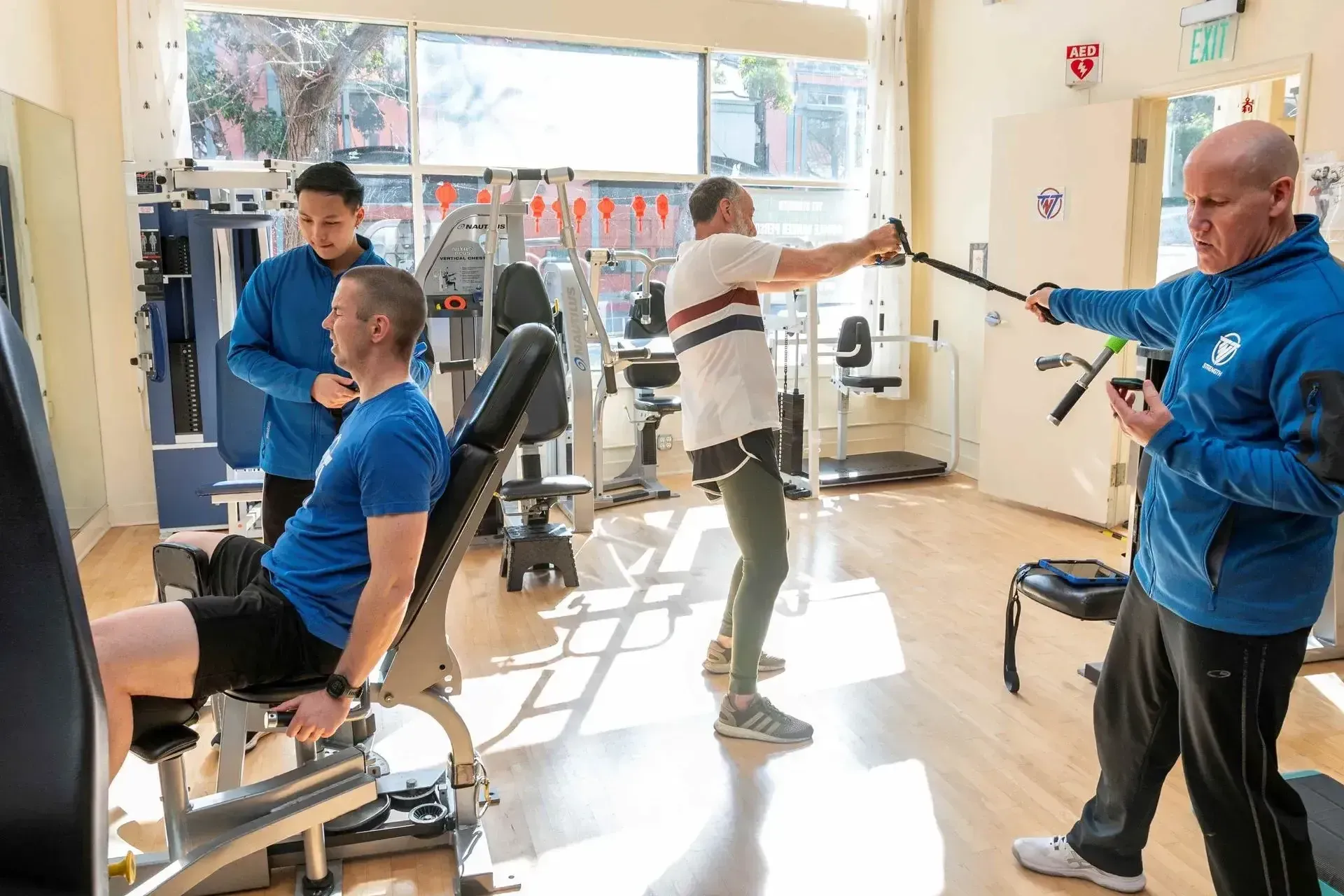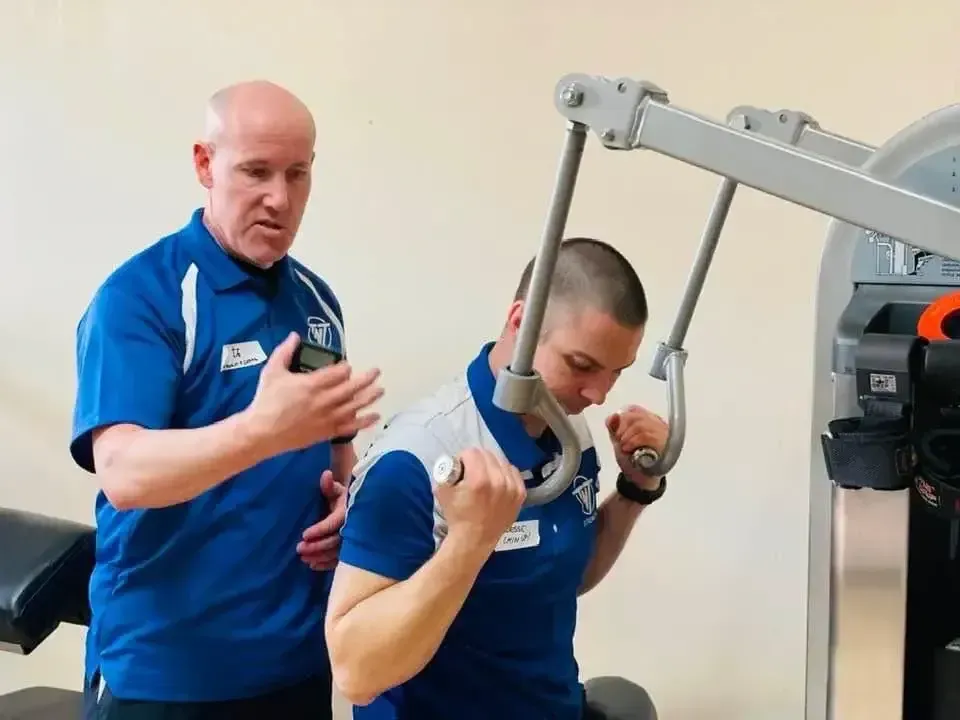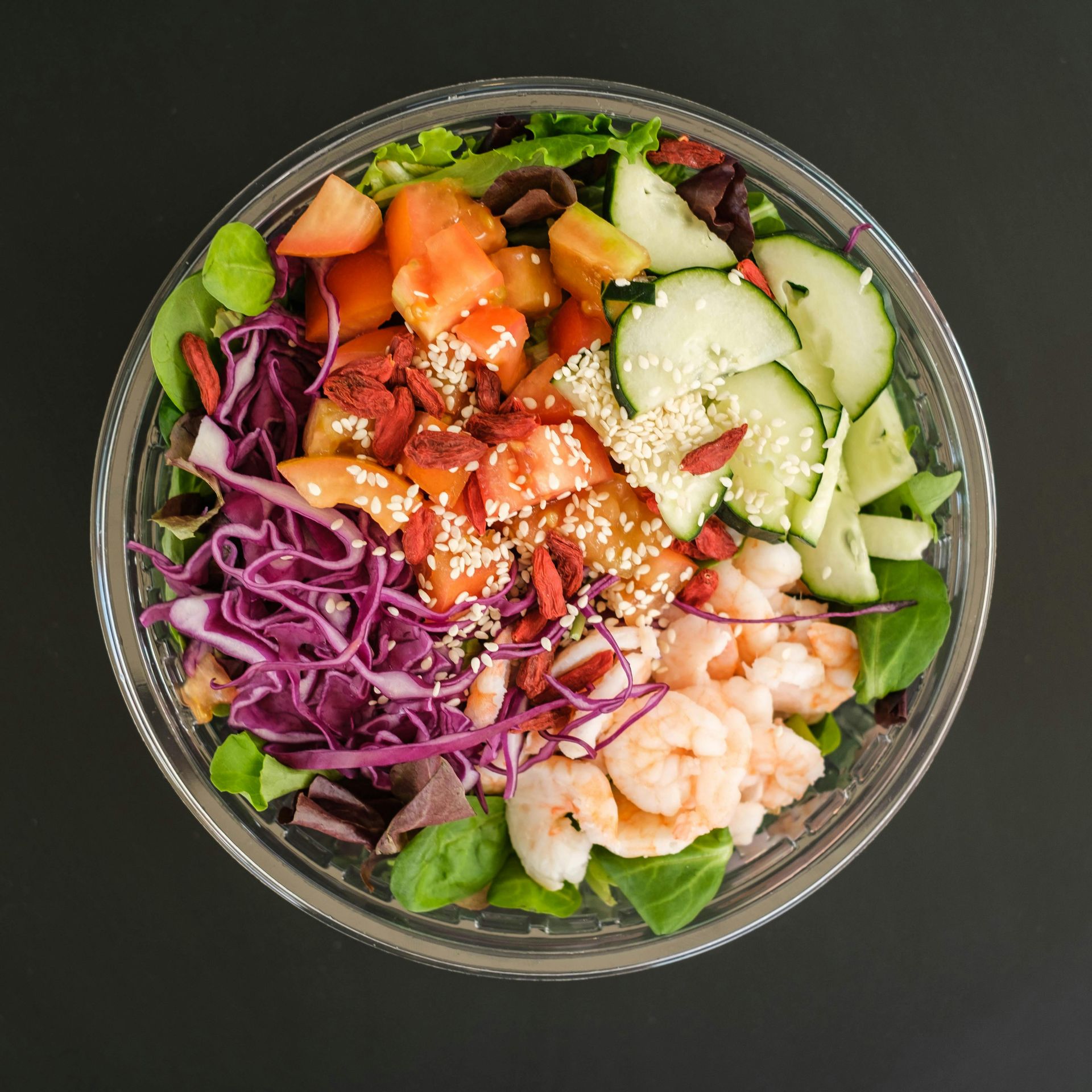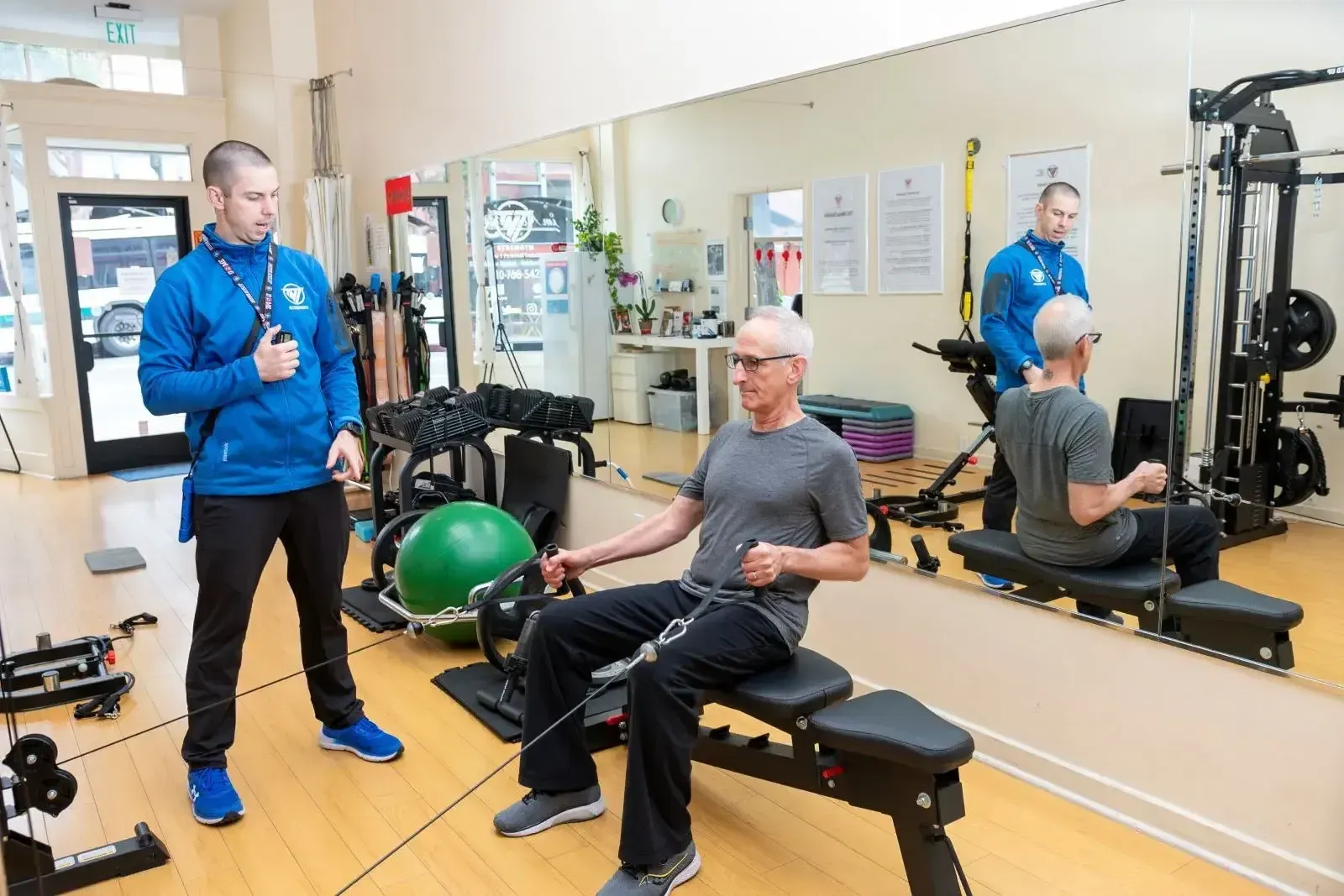Workout Variations: When To Switch Things Up - TNT-Style
At TNT Strength, here's what we believe: consistency and intensity matter — but novelty is the secret sauce. Tracking what you do + occasionally shaking up the stimulus = maximum progress.

What You Need to Track, Always
We lean hard on data. When we coach, we're always monitoring:
- Mechanical tension — Are you pushing close to failure, getting full motor-unit recruitment, maintaining sufficient load?
- Recovery status — This includes objective signs (soreness, performance drops, movement quality) and subjective ones (how you feel , mentally and physically).
- Progress in form, skill, strength, and control.
- Engagement & adaptation — Are you still responding? Or has the program become rote?
If all those are in check, it doesn't matter if it's week 3, week 7, or week 12—stay the course.
Why an Unaccustomed Stimulus Matters
Humans adapt. If you do the same exact stimulus forever, progress slows. That's where introducing novelty—while maintaining tension + allowing recovery—becomes powerful. A varied stimulus helps in a few ways:
- Maintain or restore stimulus potency — When you change things (variation of pattern, variation of exercise, variation of load, tempo, volume) your body doesn't get too comfortable.
- Avoid maladaptation & overuse — Different movements stress different tissues; variation can mitigate chronic stress, imbalance, and mental burnout.

How TNT Coaches Inject Variety
We don't wait for the calendar. We vary when the data says:
- Swap in a different squat or hinge variation to reduce fatigue or work a slightly different angle.
- Change loading schemes: maybe shift from high load / low rep to moderate load / higher rep, always keeping tension high (train to or near failure).
- Alter tempo, pause, eccentric emphasis, etc., to produce a different stimulus without losing tension.
- Use autoregulation — adjust based on how you recovered, how you feel, how you're performing.
What the Research Supports
Here are some studies that align with what we do:
- A 2022 meta-analysis ("Influence of Resistance Training Proximity-to-Failure ...") found that as you approach failure (or train to failure), you get greater mechanical tension and more complete motor unit recruitment. But also, as failure nears, fatigue goes up, both acutely and in the days afterward. That means you can't always hammer failure every set—recovery matters. SpringerOpen
- Studies show that training with a range of intensities (loads) to failure or very close to failure still produces good hypertrophy, even when load is lower. Eg Mitchell et al., in "Maximizing Muscle Hypertrophy..." shows lower-load high-rep vs higher-load lower-rep both induce hypertrophy if taken to or near failure. PMC+1
- Another recent study "Effects of strength training to muscle failure with variable load intensities" (2024) showed that using different load intensities, all taken to failure, had different stress on cardiovascular recovery and autonomic stress. That gives us a rationale to vary load intensity so that stimulus is novel, but also manageable in terms of recovery. MDPI
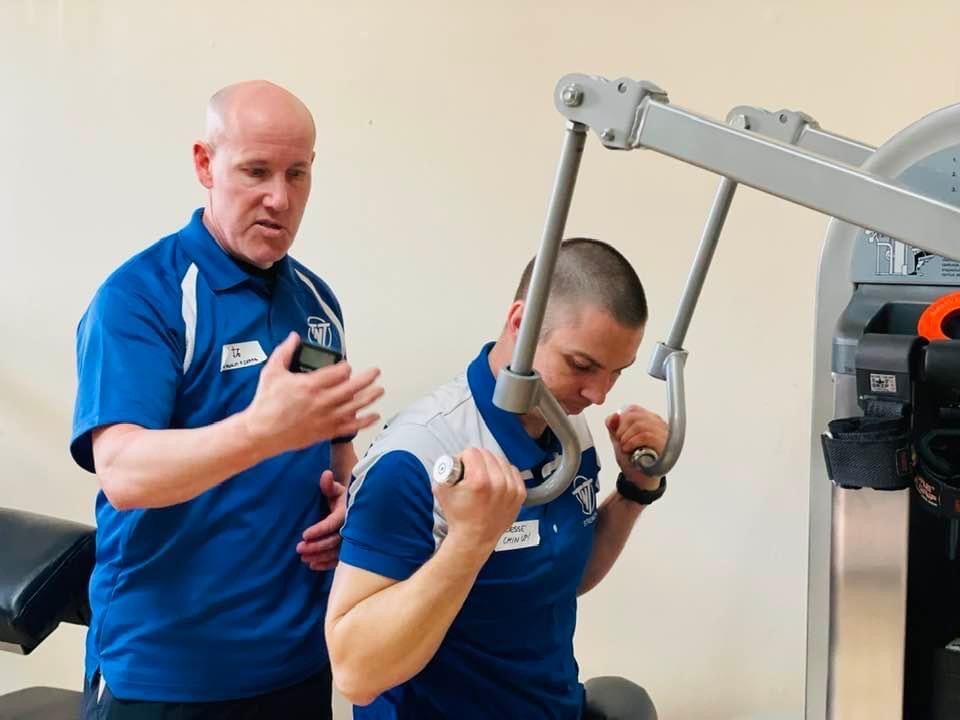
How & When to Change Things
At TNT Strength, we don't make changes just for the sake of change. Training adjustments should be driven by clear signals. Here's our simple decision tree for knowing when to stay the course and when to mix it up:
1. Strength and Skill Are Improving
Signals:
- Lifts are going up
- Form is solid
- Recovery feels good
- You're still mentally engaged
What to Do:
- No major changes
- Stick with what's working
- Small tweaks only (rep ranges, accessory movements, etc.)
2. Progress Has Stalled
Signals:
- No strength gains
- Form is breaking down
- Recovery feels poor
What to Do:
- Add variation (different angle, load, or rep scheme)
- Reduce how close you go to failure on some sets
- Increase recovery time
- Experiment with tempo changes
3. Training Feels Stale
Signals:
- Workouts feel monotonous
- Motivation is fading
- Progress plateau risk is rising
What to Do:
- Inject variation even if physical progress looks fine
- Challenge your body in new ways
- Keep training fresh and engaging
A Few Important Caveats
- Novelty for novelty's sake is not enough. The variation must preserve the primary drivers: mechanical tension (especially via training close to or at failure) + recovery.
- Variation can't be so frequent that tracking progress becomes messy or form suffers.
- Autoregulation is key: you don't need to wait for a calendar date to flip things — let the body + data tell you.
TAKU's NOTE:
We don't build rigid 6- or 8-week blocks just because "that's what's done." We build you. We track what matters (tension, failure proximity, recovery, form), and when some metric starts lagging — or when novelty is needed to keep the stimulus fresh — we shift. Not because a calendar says so.
If you're grinding hard and feeling like you might be stuck, let's check the data together. Because in our world: tension + recovery + smart variety = progress. Always.
Experience the TNT Strength difference with a free workout.
START YOUR FITNESS TRANSFORMATION WITH A
FREE WORKOUT
Complete the form and we'll set up an appointment for you.

